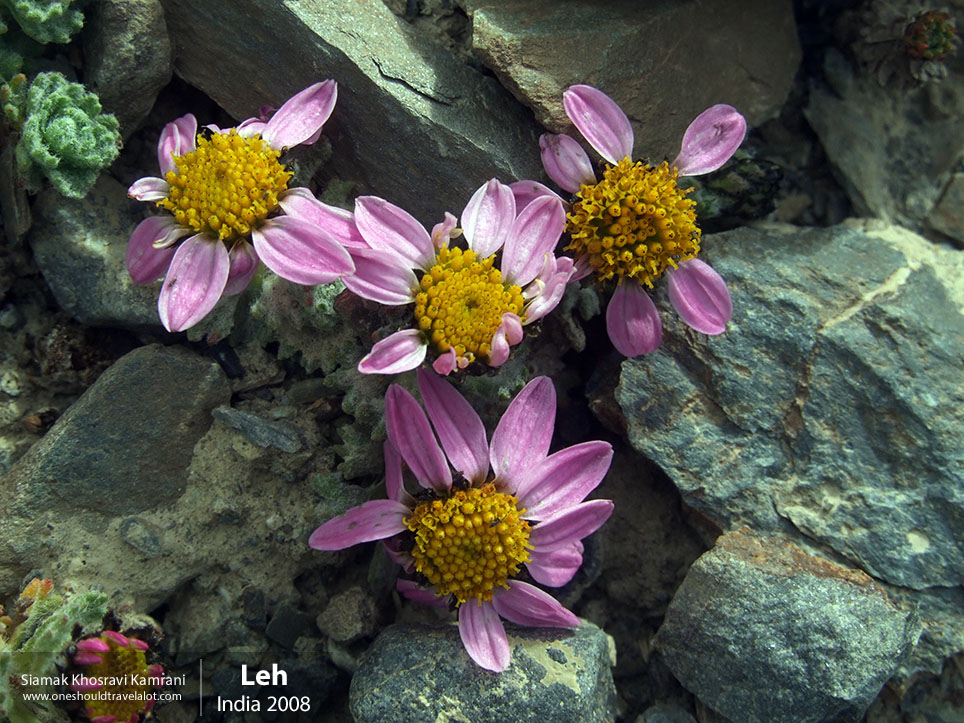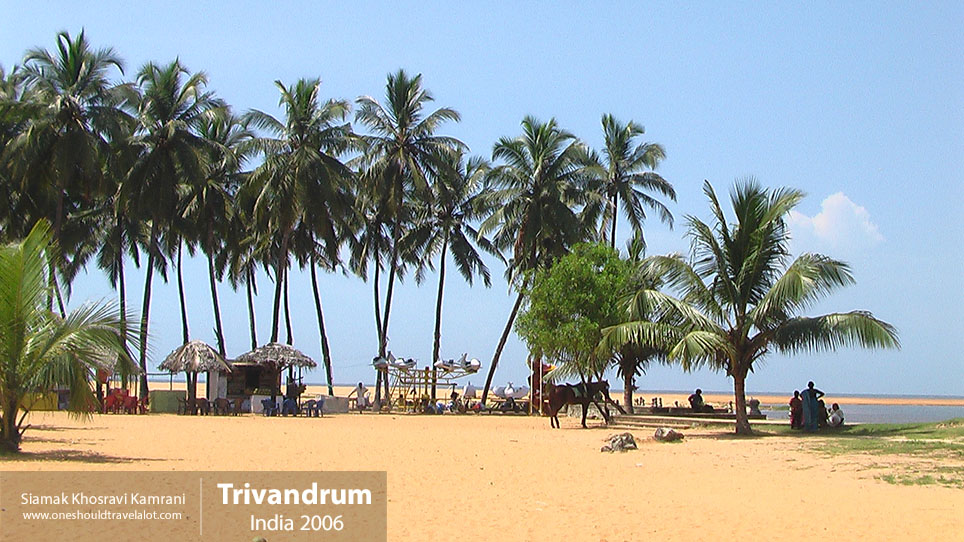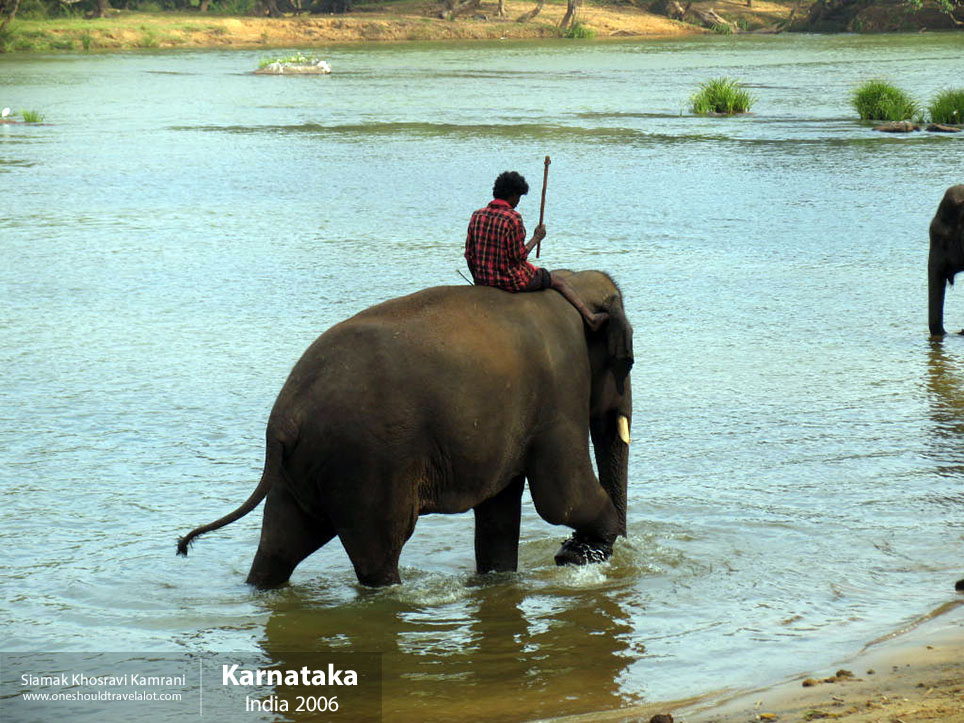Exploring the Soul of Ajmer: A Photographer’s Journey
First Impressions of Ajmer
Arriving in Ajmer, a city nestled in the heart of Rajasthan, India, feels like stepping into a timeless tapestry woven with rich history, vibrant culture, and spiritual significance. As the train pulls into Ajmer Junction, the city’s old-world charm immediately captures my attention. The air is filled with a blend of traditional Rajasthani music and the calls of street vendors, creating a symphony that sets the tone for my journey.
Ajmer, often overshadowed by its more famous neighbor, Jaipur, offers an authentic glimpse into Rajasthan’s soul. The city’s standard of living appears modest yet comfortable, with a harmonious blend of tradition and modernity. The narrow, bustling streets are lined with colorful shops, where artisans craft intricate jewelry and textiles, reflecting the rich heritage of the region.
The Spiritual Heartbeat of Ajmer
The Dargah Sharif: A Pilgrimage of Faith
My first stop is the iconic Dargah Sharif, the shrine of the revered Sufi saint Khwaja Moinuddin Chishti. As I approach the entrance, the atmosphere becomes charged with a profound sense of devotion. Pilgrims from all walks of life, speaking different languages and wearing varied traditional attire, converge here, united by their faith.
The architecture of the Dargah is a marvel in itself. The intricate marble carvings and the delicate jaali work speak volumes about the craftsmanship of the Mughal era. Inside, the scent of roses and incense fills the air, while the soulful qawwalis (devotional songs) sung by local musicians create an ethereal ambiance. Capturing these moments through my lens, I feel a deep connection to the spiritual essence that defines Ajmer.
Ana Sagar Lake: A Tranquil Retreat
After the spiritually uplifting experience at the Dargah, I head to Ana Sagar Lake, a serene oasis amidst the bustling city. Built in the 12th century by Anaji Chauhan, the lake offers a tranquil retreat for both locals and visitors. The sight of the shimmering water reflecting the golden hues of the setting sun is mesmerizing. Families gather along the lake’s promenade, children play, and couples enjoy boat rides, creating a picturesque scene perfect for photography.
Immersing in Local Culture
Ajmer’s Vibrant Markets
Exploring Ajmer’s markets is like diving into a kaleidoscope of colors, sounds, and scents. The narrow lanes of Dargah Bazaar and Madar Gate are brimming with shops selling everything from traditional Rajasthani attire to handcrafted souvenirs. The vibrant bandhni (tie-dye) fabrics, intricate silver jewelry, and the aroma of freshly ground spices tempt every passerby.
Engaging with the local shopkeepers, I learn about the artistry behind each craft. They proudly share stories of how these skills have been passed down through generations. This exchange not only enriches my understanding of Ajmer’s cultural heritage but also provides me with unique photographic opportunities to capture the essence of daily life in the city.
Culinary Delights of Ajmer
No journey through Ajmer would be complete without indulging in its culinary delights. The city’s cuisine is a delightful blend of Mughlai and Rajasthani flavors. At a local eatery, I savor the famous Ajmeri kachori, a spicy, deep-fried pastry, and the sweet, syrupy sohan halwa. Each bite is a burst of flavor, reflecting the rich culinary traditions of the region.
Exploring Historical Gems
Taragarh Fort: A Glimpse into the Past
Perched on a hilltop overlooking Ajmer, Taragarh Fort is a testament to the city’s historical significance. Built in the 14th century, this majestic fort offers panoramic views of the city and the surrounding Aravalli Range. As I wander through its ancient corridors, I can almost hear the echoes of battles fought and stories of valor from a bygone era.
The fort’s architecture is a blend of Rajasthani and Mughal styles, with massive gates, sturdy bastions, and intricate stone carvings. Capturing the play of light and shadow on these historic walls through my lens is an exhilarating experience. The fort’s serene ambiance, coupled with its rich history, makes it a perfect spot for reflection and photography.
Adhai Din Ka Jhonpra: An Architectural Marvel
Another architectural gem in Ajmer is the Adhai Din Ka Jhonpra, a mosque with a fascinating history. Originally a Sanskrit college, it was converted into a mosque in 1198 by Sultan Ghori. The name, which translates to “shed of two and a half days,” is shrouded in legend, adding to its allure.
The mosque’s architecture is a stunning example of Indo-Islamic design, with intricately carved pillars and arched screens. As I photograph the delicate stone latticework, I am struck by the seamless blend of different cultural influences that define Ajmer’s heritage.
The Essence of Ajmer: People and Traditions
Festivals and Celebrations
Ajmer’s cultural tapestry is woven with numerous festivals and celebrations that showcase the city’s diversity and vibrant spirit. The annual Urs festival, commemorating the death anniversary of Khwaja Moinuddin Chishti, draws thousands of devotees from around the world. The city comes alive with qawwalis, processions, and communal prayers, creating a unique atmosphere of spiritual fervor and cultural unity.
Another significant festival is Diwali, the festival of lights, celebrated with great enthusiasm across Ajmer. Homes and streets are adorned with colorful rangoli patterns and oil lamps, while the night sky is lit up with fireworks. Participating in these festivities provides me with a deeper understanding of the city’s traditions and offers countless moments to capture through my lens.
Language and Ethnicity
Ajmer is a melting pot of languages and ethnicities, reflecting the diverse cultural heritage of Rajasthan. Hindi and Rajasthani are the predominant languages spoken here, but I also encounter people conversing in Urdu and English. This linguistic diversity adds to the city’s rich cultural fabric, making every interaction an opportunity to learn something new.
The people of Ajmer are known for their warm hospitality and friendliness. Engaging with locals, I hear fascinating stories about their lives, traditions, and the city’s history. These conversations not only enhance my travel experience but also allow me to capture the human element in my photographs, adding depth and emotion to my visual narrative.
Concluding Thoughts on Ajmer
As my journey through Ajmer comes to an end, I reflect on the myriad experiences that have enriched my soul and filled my camera with vivid memories. From the spiritual aura of the Dargah Sharif to the tranquil beauty of Ana Sagar Lake, from the bustling markets to the historic forts, Ajmer is a city that offers a perfect blend of spirituality, history, and culture.
Through my lens, I have tried to capture the essence of Ajmer, but it is the warmth of its people and the richness of its traditions that have truly left an indelible mark on my heart. Ajmer may not be as famous as some of Rajasthan’s other cities, but its unique charm and soulful ambiance make it a hidden gem worth exploring.
Planning Your Visit to Ajmer
How to Get There
Ajmer is well-connected by rail, road, and air. The nearest airport is in Jaipur, about 135 kilometers away, making it easy to reach Ajmer by a short drive or train journey.
Best Time to Visit
The best time to visit Ajmer is during the winter months, from November to March, when the weather is pleasant and ideal for sightseeing and outdoor activities.
Accommodation
Ajmer offers a range of accommodation options to suit every budget, from luxurious hotels to budget-friendly guesthouses. Staying in the heart of the city allows easy access to major attractions and immerses you in the local culture.



